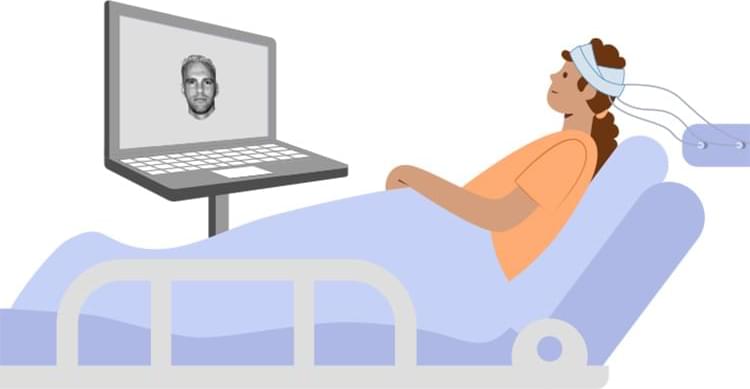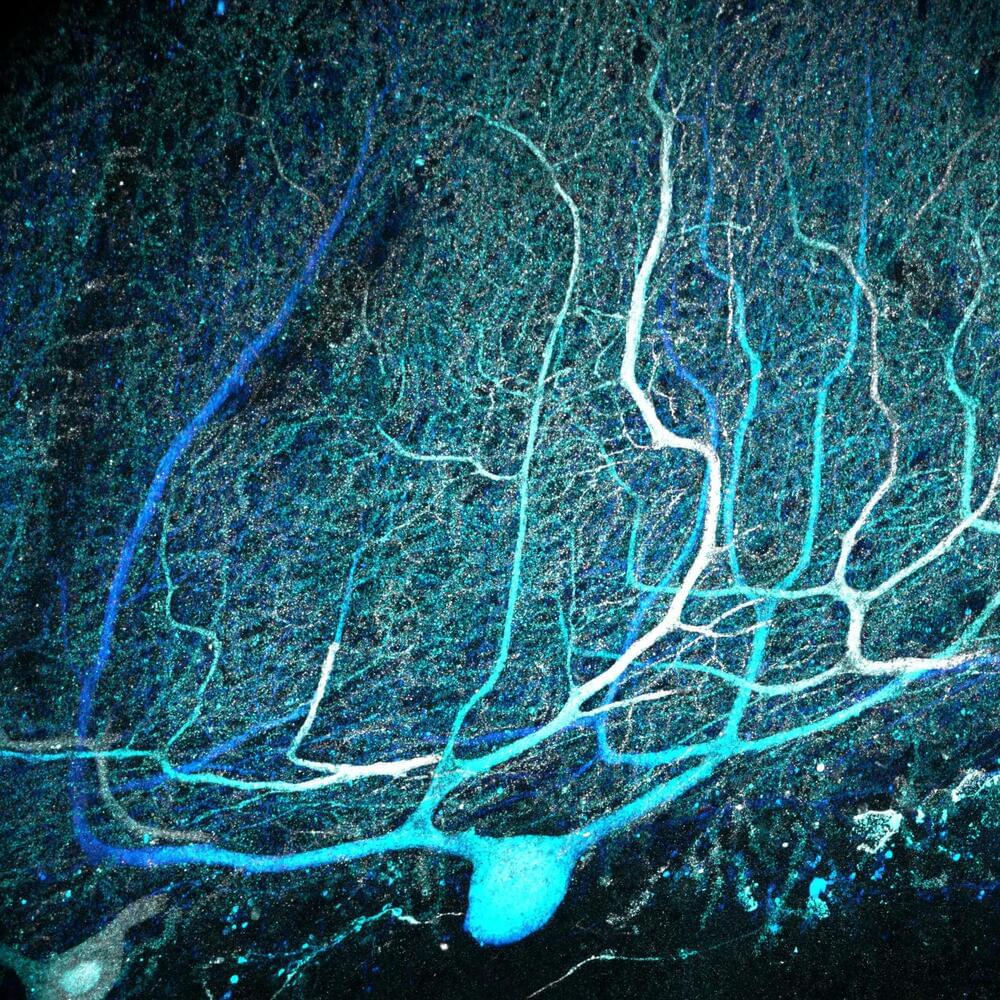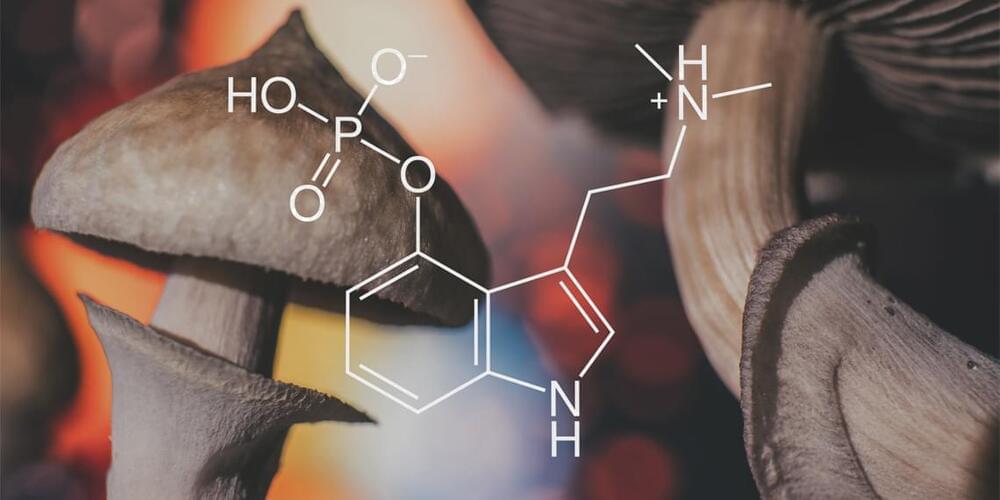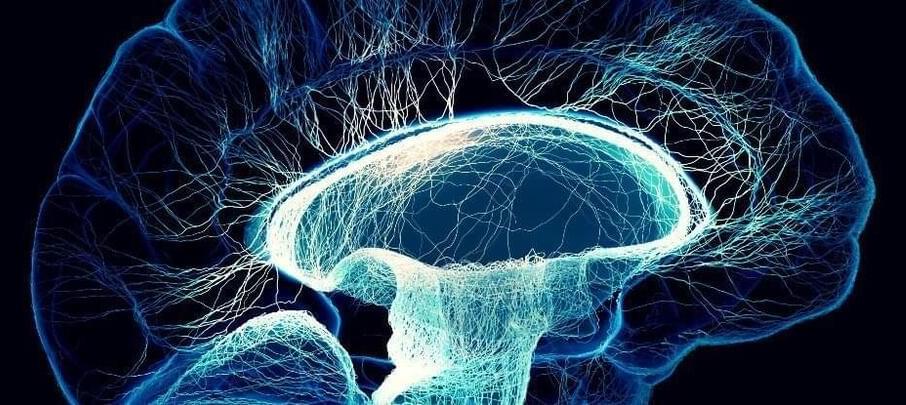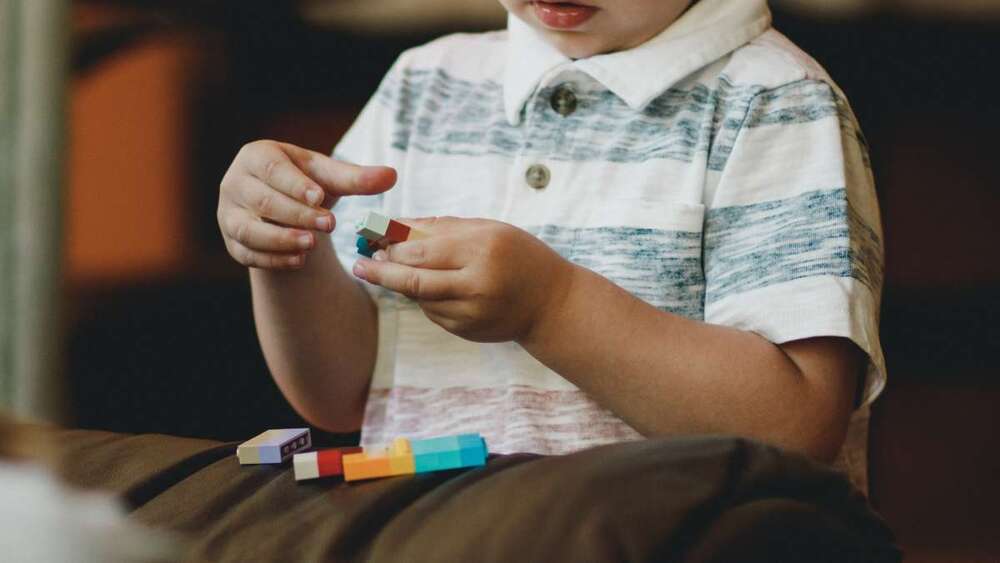Aug 1, 2023
Study sheds light on where conscious experience resides in the brain
Posted by Shubham Ghosh Roy in categories: biotech/medical, neuroscience
Researchers from Hebrew University of Jerusalem and UC Berkeley recorded electrical activity in the brains of epilepsy patients while showing them various images in an attempt to find out where persistent images are stored in the brain and how we consciously access those images. (Image credit: Hadar Vishne, Royal College of Art)
More than a quarter of all stroke victims develop a bizarre disorder — they lose conscious awareness of half of all that their eyes perceive.
After a stroke in the brain’s right half, for example, a person might eat only what’s on the right side of the plate because they’re unaware of the other half. The person may see only the right half of a photo and ignore a person on their left side.
